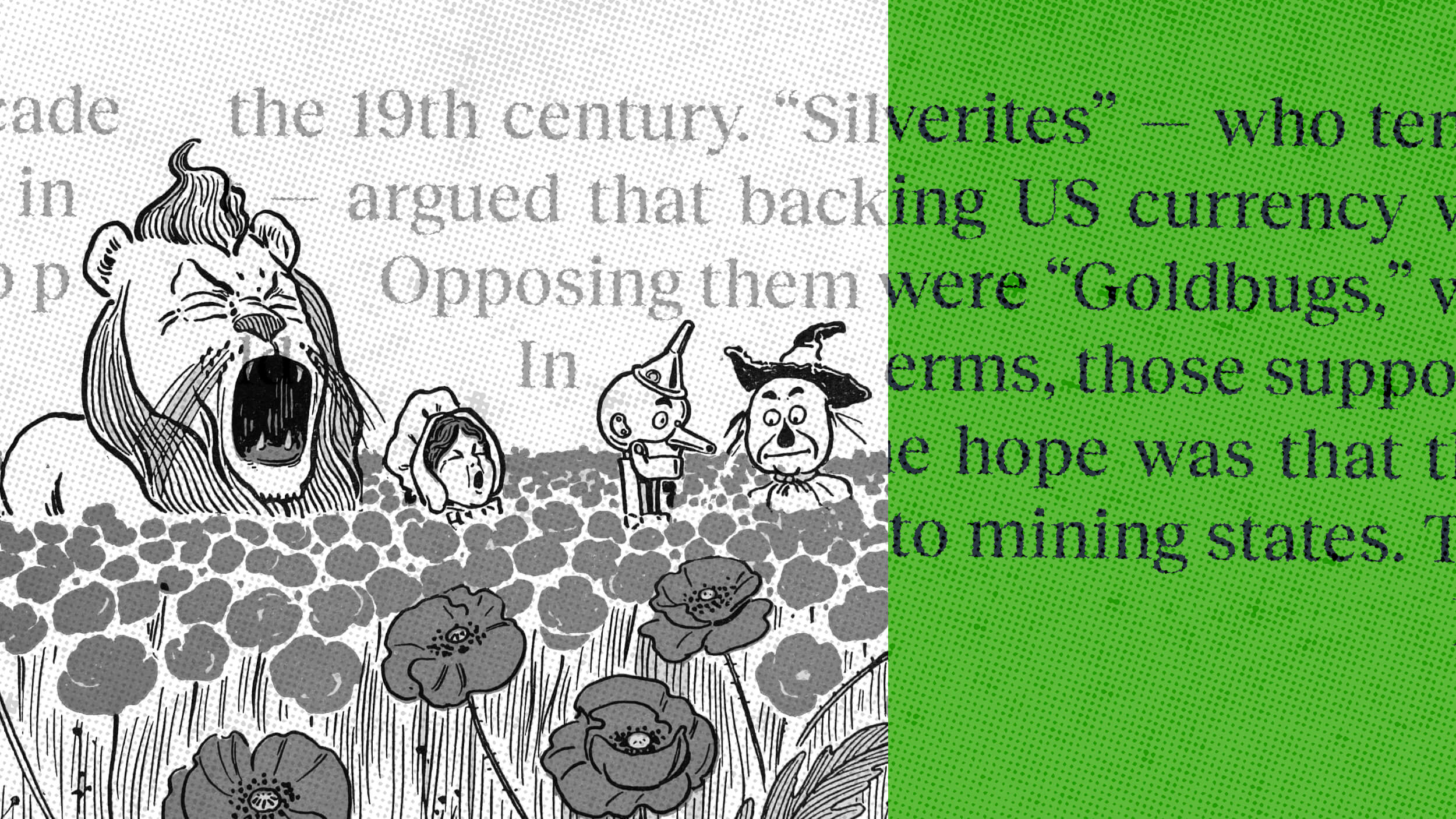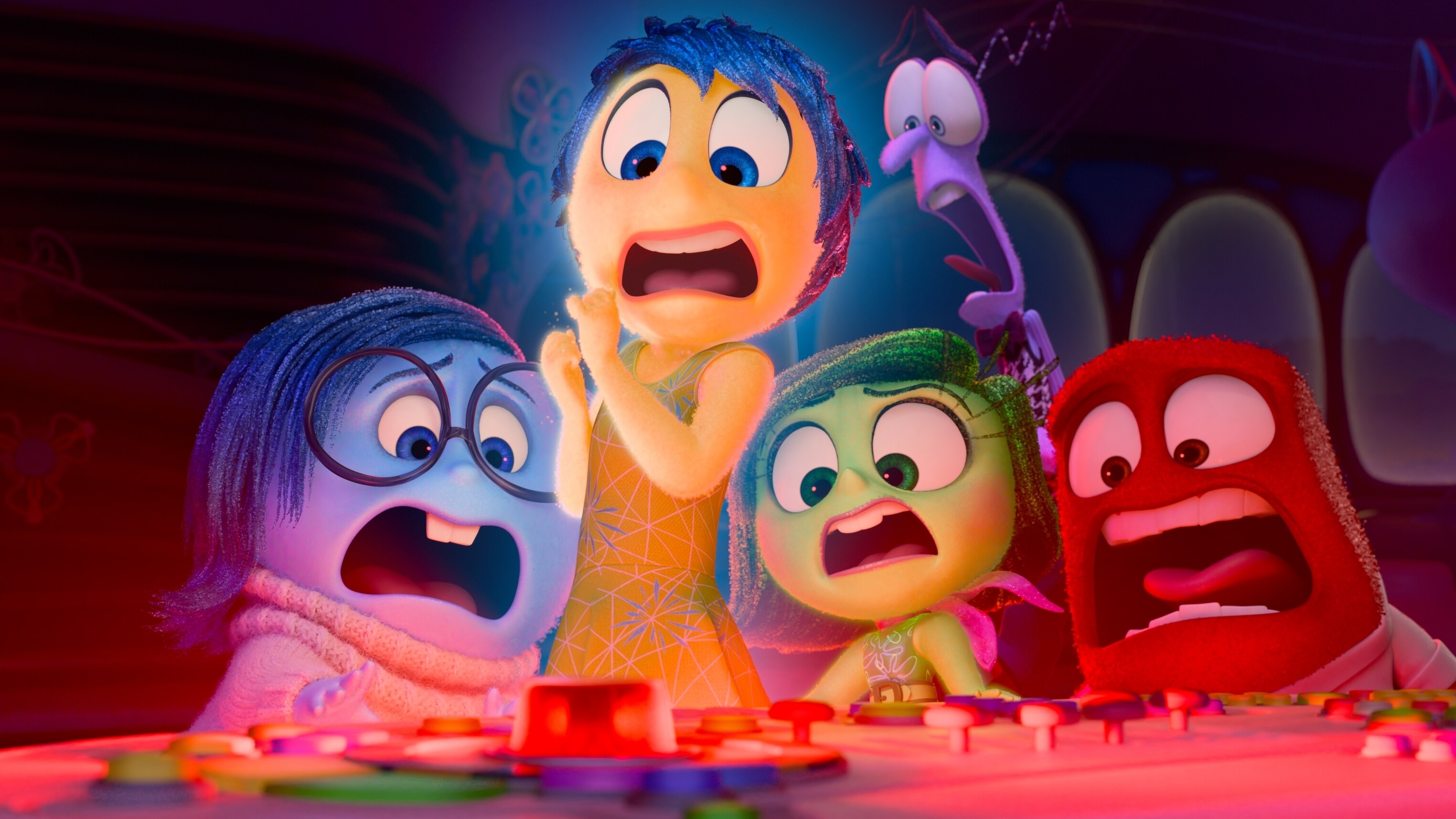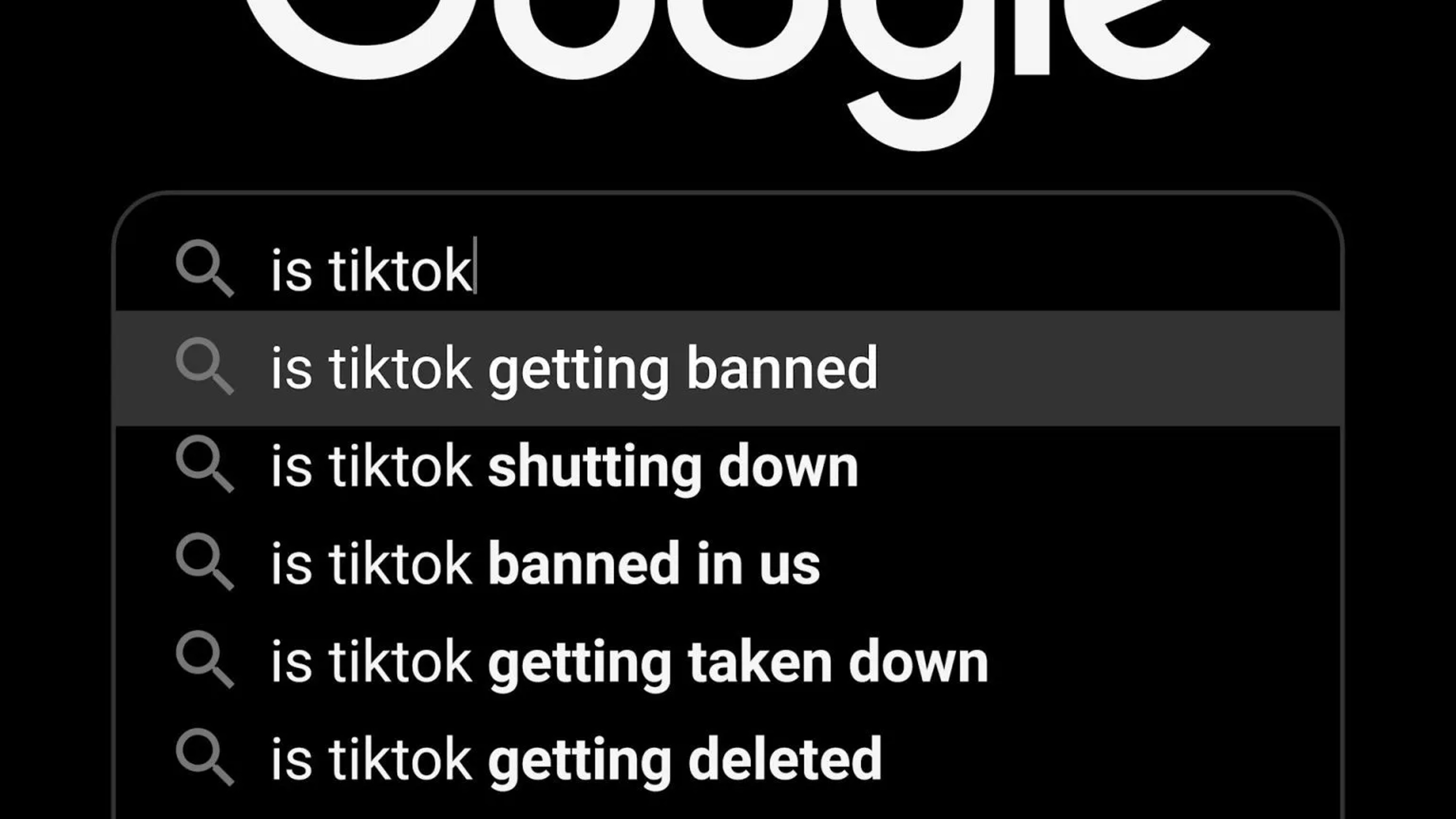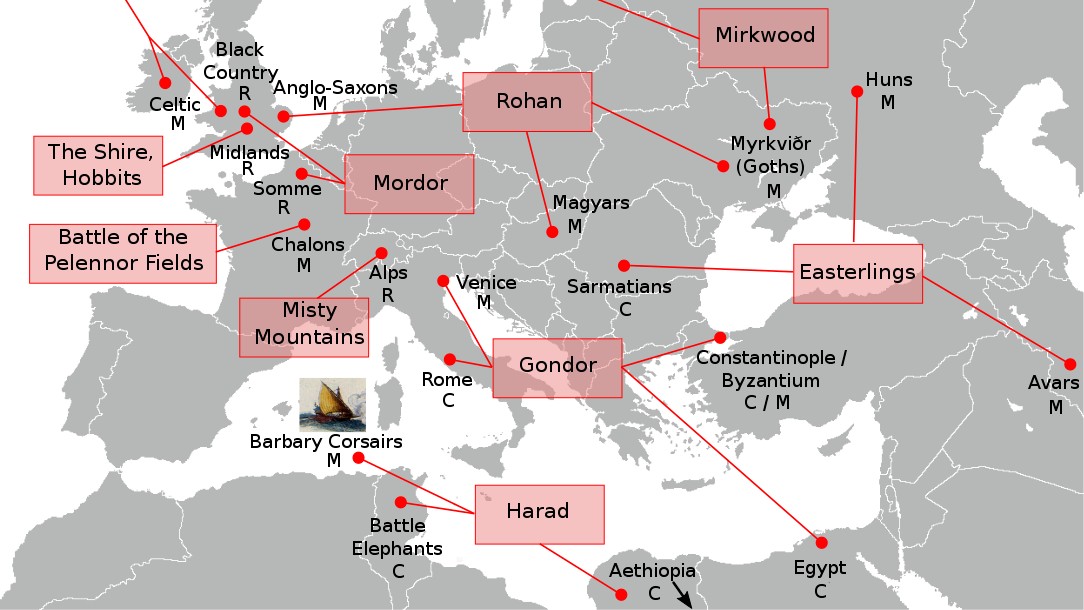High Culture
featured
The Rijksmuseum employed an AI to repaint lost parts of Rembrandt’s “The Night Watch.” Here’s how they did it.
All Stories
With no reliable way to discern the author of an artwork, we may eventually abandon the question of whether something was made by humans or not.
For J.R.R. Tolkien, the single most important element of a fairy tale was the dramatic reversal of misfortune in the story’s ending.
Many beloved fantasy adventures take place in worlds that bear a striking resemblance to our own.
Burns’ latest documentary dives into the long-romanticized life and work of the Italian polymath.
From Einstein to Twain, Garson O’Toole investigates the truth behind your favorite — and often misattributed — quotes.
The writer’s tragic death at age 46 has led many to view him as a tortured artist. Here’s why this label is reductive.
“No matter how long you’ve been doing a job or how good people say you are, you need to care as if you’ve never done it before.”
With the right prompts, large language models can produce quality writing — and make us question the limits of human creativity.
Dennis “Thresh” Fong talks to us about battling Elon Musk in Quake in the ‘90s, his undefeated record as a pro gamer, and using AI to detoxify gaming.
Meg LeFauve and Dave Holstein drew inspiration from psychologists as well as their own children, becoming more understanding parents in the process.
What you can learn about media by parodying it from the print era into the digital age.
Have you ever noticed how many things you interact with but can’t name? So did we.
Ryan Condal, who worked in pharmaceutical advertising before Hollywood, talks with Big Think about imposter syndrome, “precrastination,” and Westeros lore.
In “Moral Ambition,” Dutch historian Rutger Bregman argues that all would benefit from a collective redefinition of success.
“Isn’t it enough to see that a garden is beautiful without having to believe that there are fairies at the bottom of it too?”
TikTok and its allies won’t go down without a legal fight.
From Nick Carraway to Charles Marlow, these side characters offered truths their scene-stealing protagonists couldn’t.
“I believe that in the future, there will be a Francis Bacon of AI art,” Saltz tells Big Think. “We just haven’t seen that artist yet.”
The fellowship’s journey through Middle-earth mirrors the modernization of the English countryside.
Six visionary science fiction authors on the social impact of their work.
“Dune: Part One” screenwriter Eric Roth spoke with Big Think about the challenges of bringing Frank Herbert’s sci-fi epic to the big screen.
Step back from the AI maelstrom and explore Lem’s “Summa Technologiae” for a detached look at technology’s role in human evolution.
Dennis Klatt developed trailblazing text-to-speech systems before losing his own voice to cancer.
Joseph Campbell argued that nearly every myth can be boiled down to a hero’s journey. Was he right?
NuqneH! Saluton! A linguistic anthropologist (and creator of the Kryptonian language, among others) studies the people who invent new tongues.
Esperanto was intended to be an easy-to-learn second language that enabled you to speak with anyone on the planet.
In revolutionary Russia, a group of forward-thinking philosophers offered an alternative to both futurism and communism.
Big Think spoke with animator and animation historian Tom Sito about the cyclical evolution of animation.
In “Dear Oliver,” neuroscientist Susan Barry describes how her 10-year correspondence with Oliver Sacks unleashed her inner author.
Napoleon Bonaparte was a man of many faces. European historian Michael Broers explains which are featured on the silver screen and why.































